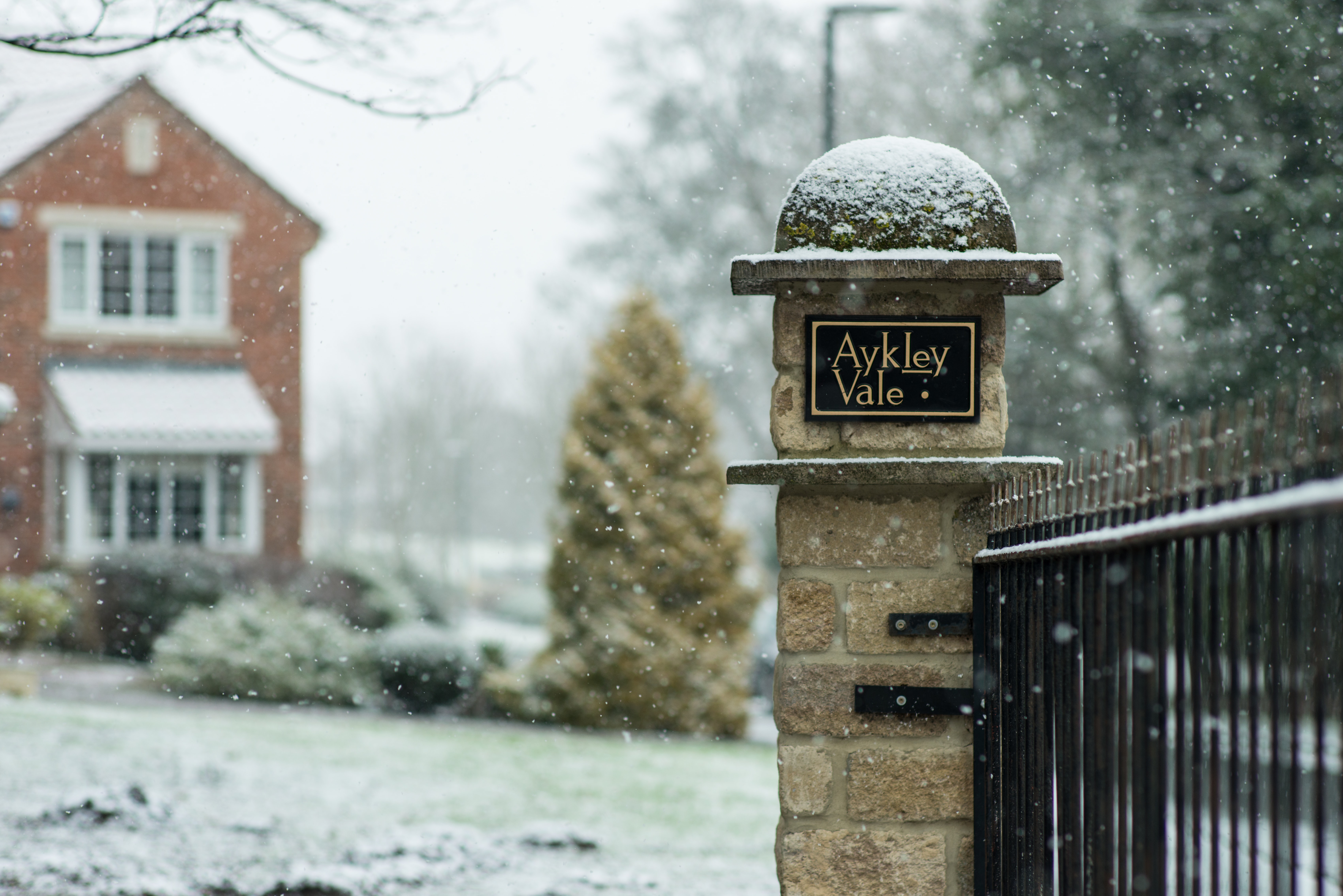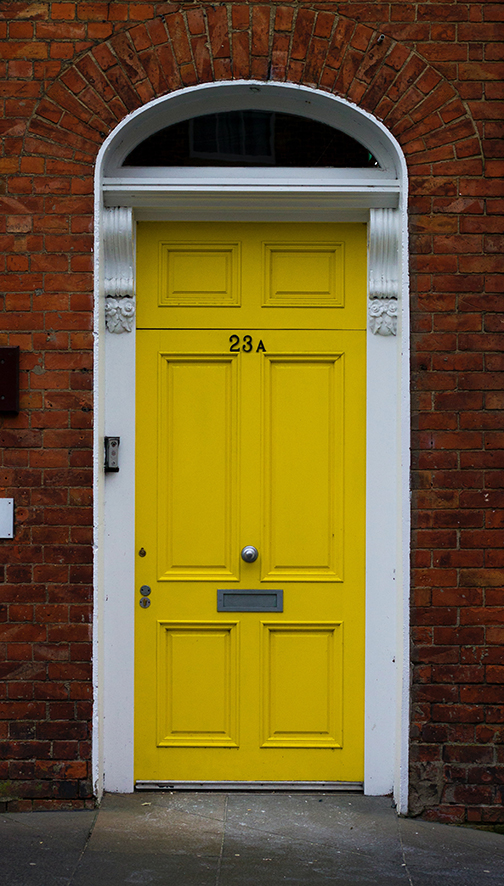Your Guide to Home Perimeter Security
Link Copied

Your house is more than four walls, a roof, and a door. Your house is what protects your family, your property, and your belongings. It is where you and your family can be yourselves without feeling unsafe. In fact, seven out of 10 Americans reported in a 2019 survey that they feel safest when they are at home.
Sadly, home is also where some of the most dangerous activities occur. Over two million burglaries happen in residential areas every year because homeowners became too comfortable in their homes. The FBI reports that homes without security systems are 300% more likely to become the target of burglary than houses that have security systems installed.
However, protecting your home can be taken to a whole new level of safety with perimeter alarms. Perimeter alarm systems can protect both your home and your property by catching the intruder long before they get to the front door of the house.

Why is Home Perimeter Security Important?
Home perimeter security is a broad term used to describe a more proactive type of home security. Rather than only focusing on the inside and immediate outside of a home.
Typically, home security protects the walls of your home. Indoor home security systems with indoor cameras, motion sensors, and door and window alarms are incredibly important. And, at the very least, a home should have all of these features installed.
Outdoor security camera with night vision will protect the area that the camera can see, possibly extending 40 feet with the use of an outdoor security camera.
What about possible blind spots around the perimeter of your home? Many times, homeowners forget to protect the sides of the house, backyard, and and backyard camera’s blindspots, leaving them wide open to threats. are left wide open. This is all the typical home usually needs
But what if you don't necessarily have a typical home? We're talking about homes with more property, long driveways, critical infrastructure, and more open space. For these homes, a single indoor home security system isn’t going to cut it when it comes to home security.
To maximize home security for a home that has more property, homeowners need to consider the benefits of a perimeter security systems. Perimeter security systems extend past the home and start at the property line.
Sensors are placed outside at the property entry points to alert the homeowners the moment a person enters the property. Often this will include outdoor security cameras, motion detection, fence and gate alarms, outdoor siren systems, and possibly other camera technology and home detectors. The goal of perimeter security systems is to provide lasting security for more than your house. The alarm system is meant to give homeowners foresight into possible dangers.

Imagine This Scenario:
You live on a property of five acres with a long driveway. The week earlier, you set up a perimeter alarm that starts at your front gate. At the front gate, you installed an outdoor security camera with night vision and motion detection.
The camera is also connected to an alarm panel that is capable of sending alerts to your mobile device. Essentially, when the camera’s motion sensor is triggered, you will get an alert on your phone. From your phone, you can access the live feed from the outdoor security camera.
One night, you get an urgent alert from your phone while you’re away at dinner with your family. You check up on the alert and view the livefeed from your camera. You see a hooded figure hopping the gate on your property. Immediately, you guess their intentions. You set off the siren on the camera, scaring away the intruders, and call the police. You can go on and enjoy your dinner with your family, knowing that your house is secure.
Having a perimeter security system gives you an advantage over intruders. With perimeter security, you will always have the upper hand. You can install security cameras, sensors, detectors, and other security devices that alert you that someone has entered the property long before they ever make it to the front door.

Best Practices for Home Perimeter Security
Home perimeter security can be installed in a way that will optimize your home security benefits. Combined with a home security system that protects the inside of your home, your house will be protected from anything or anyone that attempts to threaten the safety of you and your family.
A guide for perimeter alarms wouldn’t be complete if you didn’t instruct you about how you should install your perimeter alarm. In this section, our goal is to help to optimize your security benefits from better security measures to increase the level of protection around your home and property.
We have compiled a list of nine of the best practices for home perimeter home security. This list is meant to guide you to better home security and help you to maintain a safer home.
1. Install a Gate at the Front of Your Property It’s a common fact that burglars don’t want to get caught. When targeting a house, they look for easy targets. Easy targets are homes that intruders can get in and out as quickly as possible. That is why installing a gate and fence around your property that help to protect your home. Unless desperate, most intruders will move onto an easier target rather than scaling a high gate to get into your property.
2. Invest in Motion Sensor Security Cameras Security cameras will be one of your best defenses against intruders. When the camera uses motion sensor technology, you know that the cameras will always catch important moments. Additionally, by using smart technology, you can program your system to send you notifications if something important happens at your front gate.
3. Place an Outdoor Security Camera By the Gate If you already have a gate, your next best security move is to put an outdoor security camera by the gate. The camera should be angled to see when a person uses the gate at the front of the road. There’s no need to hide the camera like a spy camera since intruders are actually less likely to enter a property if they can see security cameras. By placing a security camera at the front of your property, you are warning potential criminals away from your home.
4. Install Motion Sensors on YourProperty Line Motion sensor technology uses PIR detection. This means that the sensor is able to tell the difference between the shadow of a tree and person entering your property, making PIR motion sensors great for outdoor use. It would be smart to install motion sensors in locations where your gate or fence line ends to make sure that weak security points are still covered.
5. Protect Your Home Having a secure perimeter also means that you need to protect your home. At home, you should have door locks and window alarms, indoor cameras, and motion sensors to ensure that if someone slips through the cracks, your home is still secure.
6. Install Window Alarms Window alarms are an essential part of any home security. We recommend installing window sensors on every ground level window in your home, as well as any other windows you feel need to be monitored. They are easy to install and connect to your home security panel. Our window sensors test themselves every hour to ensure they are always working.
7. Set Up a Home Security System Sign Your home security system provider will most likely provide you with a home security sign as well. Don’t leave the sign lying in your attic or garage. Instead, display the sign proudly along with other signs like “This area is protected by security cameras” to make sure that intruders stay away from your property. Signs help to protect your property by intimidating potential intruders. Even solicitors are less likely to enter a property that has intimidating signs.
8. Get a Dog If you have a dog or you want a dog, use it to your advantage. When an Idaho news station interviewed 86 convicted burglars, they discovered that dogs are actually one of the most effective deterrents for intruders. Burglars don’t want to risk approaching an aggressive dog, even if the dog is a sweetheart in reality. One convicted burglar said in his interview, “Dogs are a deal-breaker for me. Big breeds, home protectors are the best to keep people out.”
9. Combine Home Security Devices In the next section of this article, we will take more about the different home perimeter security devices that are available on the market. You should try to combine as many features as possible to make your home more secure.
These nine practices will make your home one of the safest houses on the block by protecting your home where it matters most, your front gate.

Types of Home Perimeter Security Devices
The first type of security device is the microwave barrier perimeter alarm. This type of alarm is perfect for the outdoors and is usually created specifically for the outdoors. It creates a vertical wall-like wave of microwave beams. It is similar to a vertical microwave motion detector that sensors when its emitted waves are disrupted. If the waves are disrupted, the sensor knows that something has walked across the perimeter, and the sensor emits a loud siren. Because this type of perimeter sensor uses microwave technology, it can use a significant amount of energy to sustain for a 24-hour day.
Another option that uses less energy is an infrared barrier. An infrared barrier uses less energy and is easier to install. The barrier works similarly to the microwave barrier. It emits infrared waves or a photoelectric beam vertically into the air to create an invisible wall. When a person walks through the sensors, the wall is broken, and the siren is triggered.
Rather than installing a perimeter wall, you can also install motion sensors that detect up to the line of your property. Usually, for these types of motion sensors, the best option would be a PIR motion sensor. PIR sensors can detect movement up to 40 feet away and can be a great option for perimeter detection. They are small, inexpensive, and they don’t wear out.
Another option to create an invisible wall is the perimeter device with fence detection, which will be triggered before the intruder steps foot over the perimeter. This type of sensor detects vibrations and is usually placed under a layer of soil. When the device senses that vibration from foot-fall, a siren is activated.
The final option for home security devices for perimeter protection is a motion sensor security camera. Using outdoor security cameras, you will be able to protect your property and record what is happening. No matter the type of system that you decide on, we always recommend installing an outdoor camera. Outdoor cameras are weather resistant and can record footage on the rolling cloud. This means that the camera will activate when there is motion and then alert you that the sensor has been activated.
No matter what type of alarm system you decide on, your home will be better protected. Perimeter systems give you a heads up that something might be amiss before a threat actually occurs. Take better control of your home security with perimeter alarms.
Ready to get started?
Take this short quiz to build your customized system today!
Takes less than a minute


